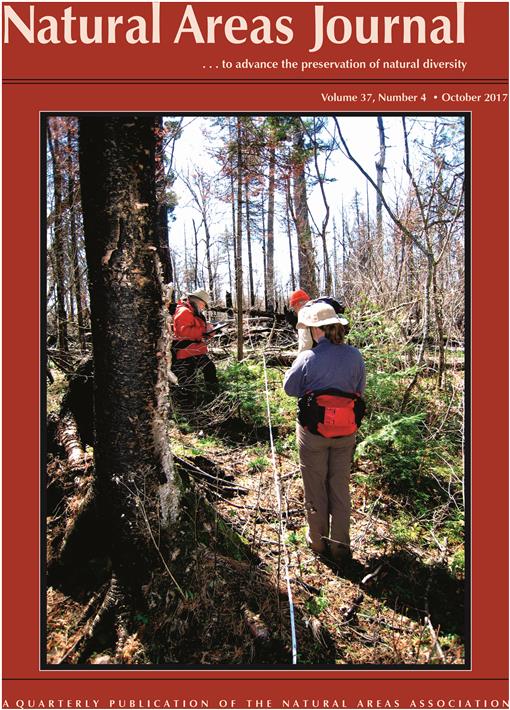We monitored plant community assembly during the first five years of longleaf pine—wiregrass (Pinus palustris—Aristida stricta) savanna restoration on four former bahiagrass (Paspalum notatum) pastures in peninsular Florida, which were restored via removal of exotic vegetation followed by mechanical planting with a wild-harvested native seed mix. We sampled randomly selected vegetation quadrats in each restored pasture annually, as well as randomly selected quadrats in each of four reference sites. All species were assigned to one of five functional groups (C4 graminoids, C3 graminoids, forbs, legumes, or shrubs) and one of three floristic quality categories (characteristic, pioneer, or weedy). Five years after restoration, we found that native C4 graminoids had supplanted the sod-forming P. notatum as the dominant graminoids on all sites. Restored sites had higher average C4 graminoid and forb cover than reference sites, but lower average species richness in both categories. Reference sites had much higher shrub species richness and cover than restored sites. Pioneer and weedy species accounted for the bulk of the species richness on restored sites, while the majority of species on the reference sites were characteristic. Using indicator species analysis (ISA) and nonmetric multidimensional scaling, we identified species and functional groups abundant on reference sites but scarce on restored sites, and vice versa. Although species composition differed greatly between restored and reference sites, some of the pioneer species on restored sites may serve as functional analogs for wildlife food provisioning. Species richness and cover of graminoids and legumes (both important classes of wildlife foods) were comparable on reference sites and restored sites, though pioneers made up a much larger proportion of both functional groups on restored sites. Mast-producing shrubs, however, were largely absent from the restored sites, representing a deficiency in a major class of wildlife foods.
How to translate text using browser tools
1 October 2017
Plant Functional Group Composition on Restored Longleaf Pine—Wiregrass (Pinus palustris—Aristida stricta) Savannas with a History of Intensive Agriculture
Johanna E. Freeman,
Kent Williges,
Amber G. Gardner,
Erin H. Leone
ACCESS THE FULL ARTICLE

Natural Areas Journal
Vol. 37 • No. 4
October 2017
Vol. 37 • No. 4
October 2017
functional analogs
functional groups
longleaf pine—wiregrass savannas
Savanna restoration
wildlife food plants




